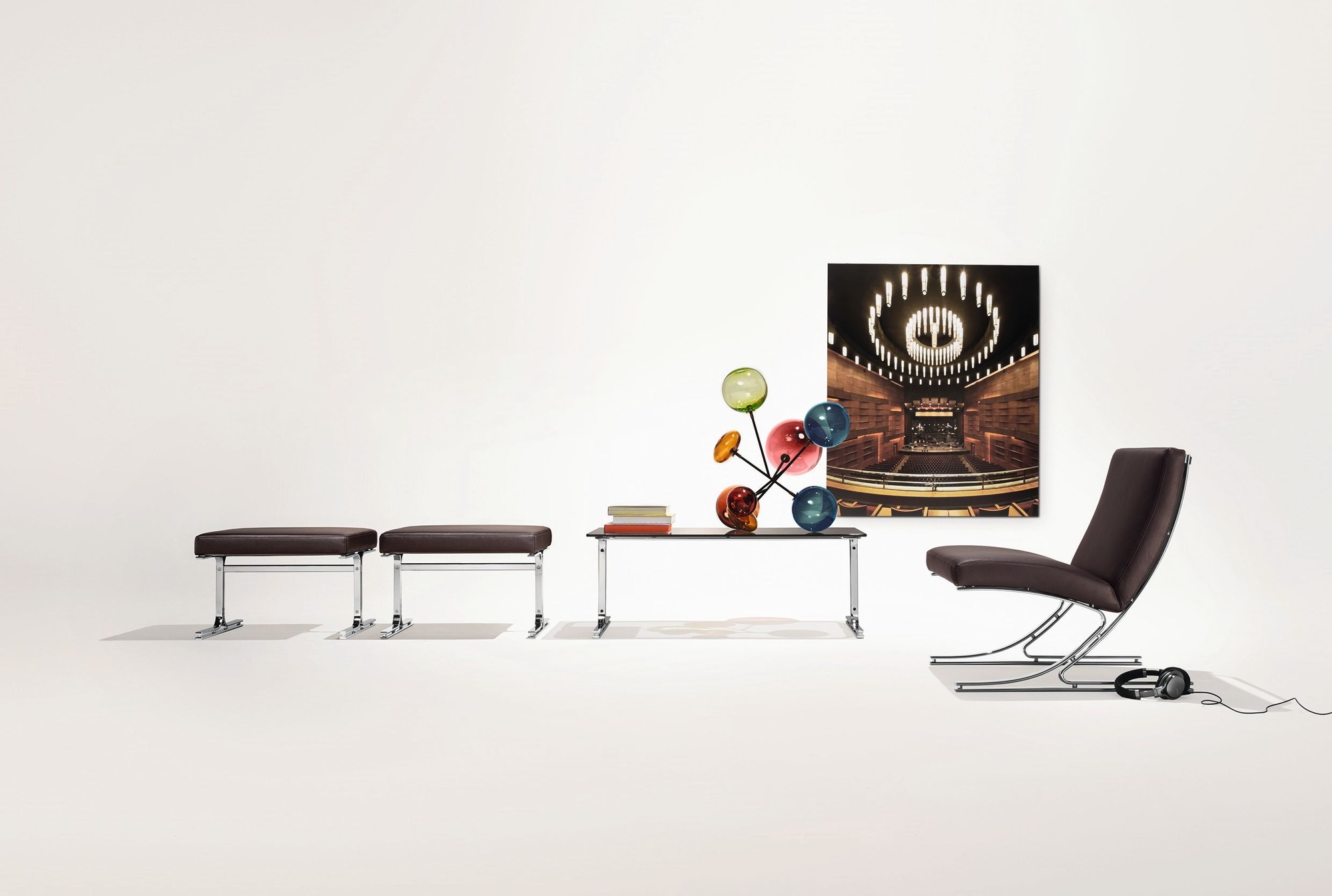
On May 28th, a selection of participants of the 2016 Venice Architecture Biennale, including Rem Koolhaas and Norman Foster convened for the first of Alejandro Aravena's "Meetings on Architecture," a series of talks that will take place throughout the Biennale. Under the theme of INFRASTRUCTURE, each invited speaker was given the chance to explain stories behind their participating projects in the Biennale, and the floor was also opened up for questions from the audience.
However, as Aravena explains about the talks, “we have organized them around themes, but architecture by nature always integrates more than one dimension. These Meetings will thus be a way to get from the authors themselves the richness and complexity of the built environment, and what it takes to get things done.” While highlighting unique projects, topics at the first Meeting converged around the focus on shaping the urbanization of emerging economies and the socio-political process and effect of realizing each project. The rest of the speaking panel was comprised by Joan Clos, Andrew Makin and Grupo EPM.































.jpg?1438347714)
.jpg?1438347662)





















